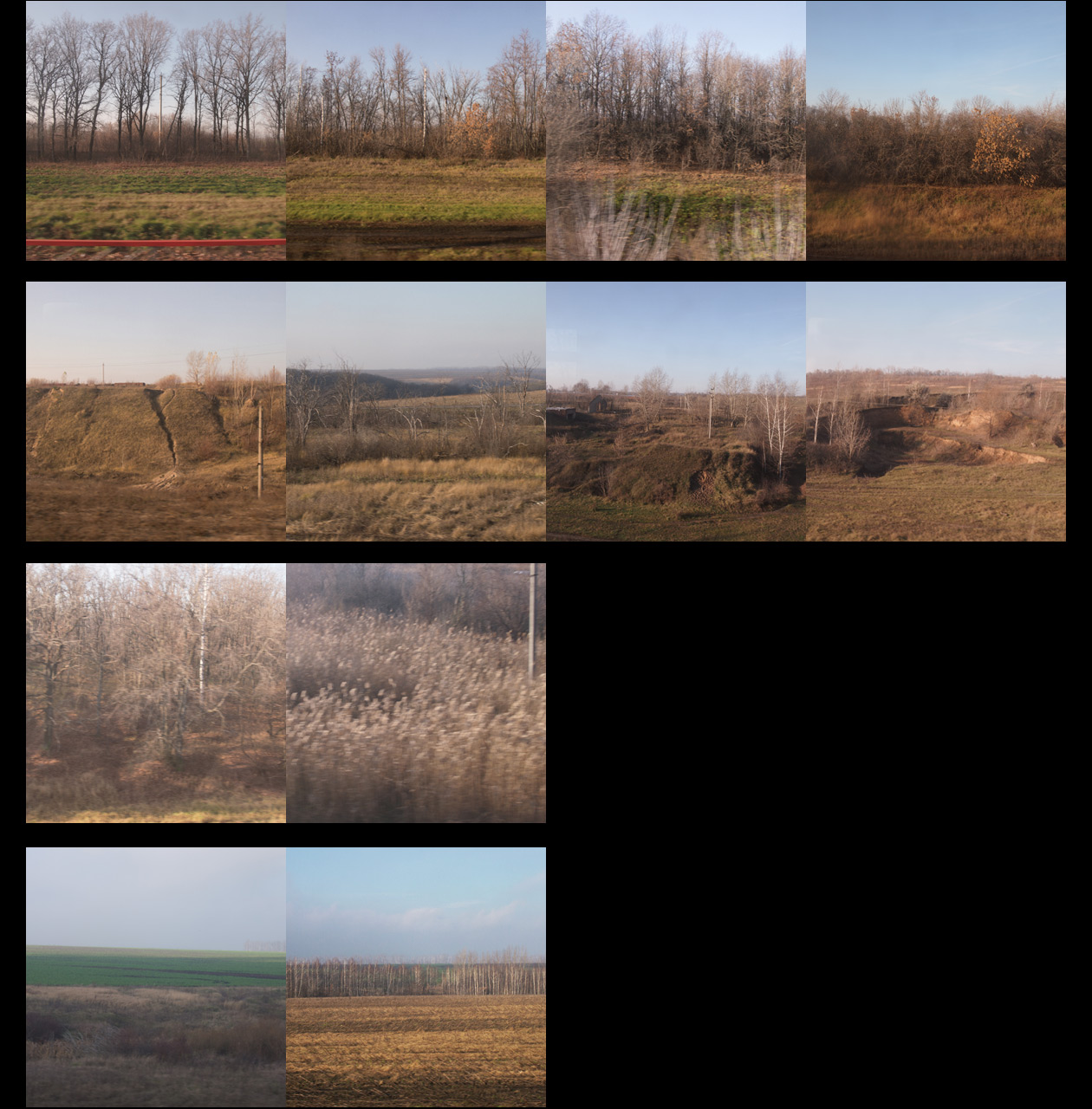Issue № 2
Febrary 2014
Cuts  Events
Events  Walking in the woods
Walking in the woods  Bonus
Bonus

Working with microscope slides had put me in a ridiculous position repeatedly.
Problems arose because of the discrepancy between what can be observed in the eyepiece of a microscope and what should be learned about it.
Depicting a plant cell, I diligently sketched an onion skin slide in which half of the organelles could not be seen due to old age and poor quality. But the study task requested their presence on the drawing — this led me, a realistic illustrator, into trouble.
When it was necessary to identify an unsigned microscopic slide (a cross-section of a needle or an organ of Corti), my laziness and slipping memory prevented me from completing the assignment again.
Consequently, the most typical samples, which had to be simply memorized, were becoming a real surprise for me, inspiring awe and diffidence in sight of the unpredictability of arrogant organic matter.
On the other hand, observations of a living drop of water swarming with nameless species of rotifers, ciliates, and unicellular algae, always gave me the pure joy of meeting a new, unknown life.
It so happened that these failures in science and the thrill of not knowing genetically became one of the methods of the Forest Journal.
This was worth mentioning since I am not a scientist, and there is no need to pretend that my knowledge is non-personal and non-historical.
I. D.

I have had this microscope slide of plant tissue since childhood. The cellular structure degraded, the glue crystallized, and over the years, the matter became as mushy as my old view of it.
Overgrowths, described in the previous issue, look monolithic and indivisible. In their homogeneity, they are voiceless. Even if you squeeze into the middle of the overgrowth, you are unlikely to learn something new that would not be observable from the edge.
Every curious mind should be glad to understand nature more deeply, and this is possible only because:
There are cuts arranged in nature.
The dissection of overgrowth, the division of a place, the dismemberment of the whole — is a cut.
The cut is the most familiar thing in nature. The first thing we see in it is some of the cuts simply because nature will not be accessed without them.

Examples of typical cuts known to everyone since childhood
All the miraculous properties of the cut are determined by its disposition:
Nature outflows through the cut.
It is incredibly challenging to disrupt sameness, monotony, integrity. This requires incredible energy. But cuts do it with mysterious ease. That is why cuts are the key to nature, an invitation to nature.
Cuts offer two fantastic opportunities.
The first opportunity: the cut allows you to learn about nature. The cut makes nature seeable, gives it voice, grows its skin. If you want a forest, field, animal, lake, or sky to appear through, you need a cut.
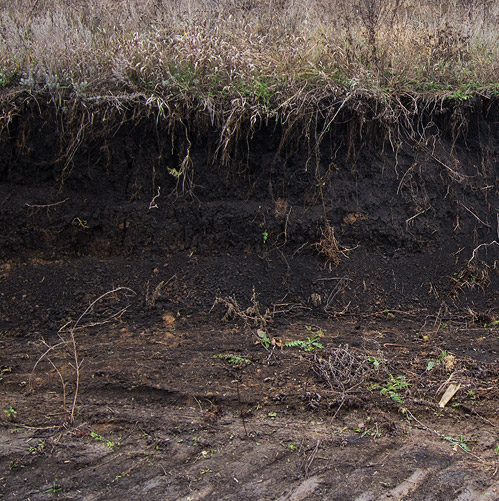
Very illuminating cut of the meadow
The second opportunity is to be carried away by the cut. The cut draws in bodies, sights, dreams, energies. The cut tosses them inside nature, through nature. Flowing through the cut, nature lures creatures and facilitates their surfing.
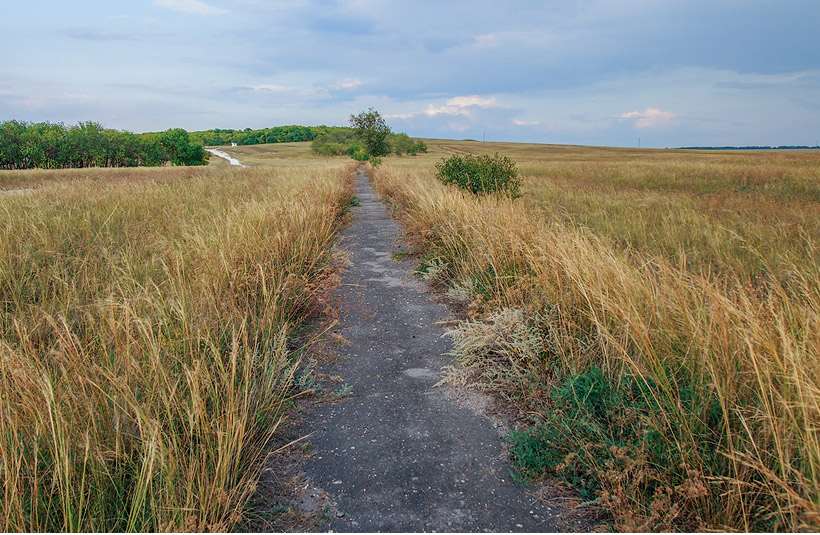
The most alluring cuts are usually linear and tend to the horizon.
It is worth illustrating two properties of the cut in more detail: clarity and temptation.

First, let's see how the cuts reveal nature and elicit its secrets:

А — Overgrowth hangs over the cut, revealing its texture and internal structure. Б — Very often, cuts make the boundaries of the overgrowths as distinct as possible. В — The cut can clearly demonstrate the shape of the place. Г — The edges of the cuts clearly depict the substance of nature.
Inside the cut, it is easy to be struck by the tedium of nature.

Now let's turn to the ability of cuts to entrain.
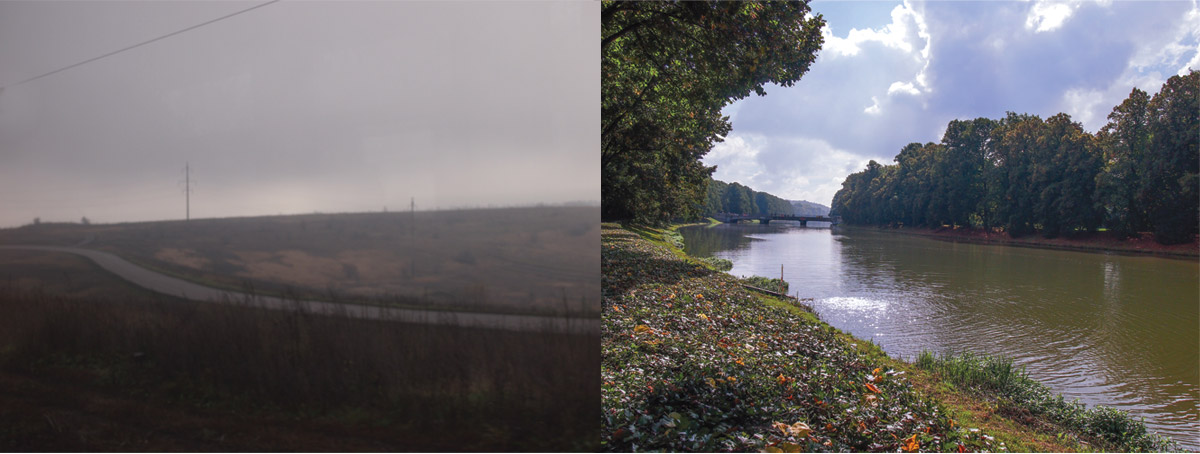
Despite the attractiveness of endless straight cuts, twists are arranged in them that promise new and new secrets, new outflows of nature.

However, finite, observable, dead-end cuts have their own special force and the gravity of the pinpoint.

The most diverse types of artificial beings: people, energies, machines, are tempted by cuts and carried away.

Although most cuts are elongated along the surface of nature, it is helpful to learn to distinguish between less apparent cases.
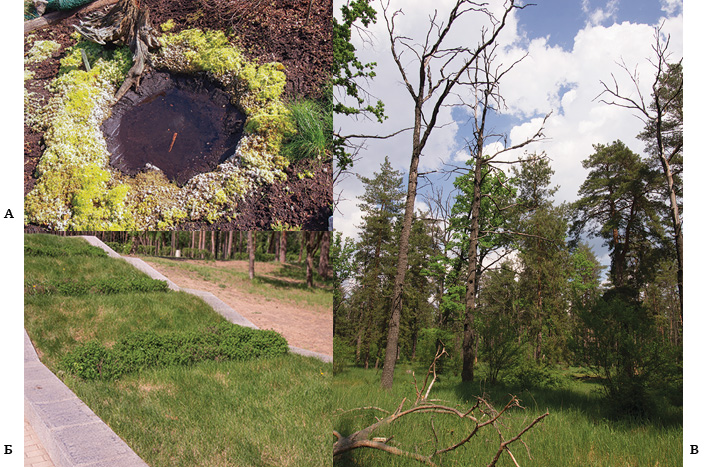
А — A point cut is like a stab with a knife. Б — Two cuts on the sides make the overgrowth itself look like a cut - but this is not so. В — Overgrowth can be cut not across its texture but along it (for example, with dry fibers).

Remember well: if you want to learn something about nature, make a cut!


Which of us in childhood did not dream of building a raft of foam plastic, car cameras, and logs to go on an enchanting journey? On such a raft, like on Huckleberry Finn's, there must be a small hovel: for the trip to be filled with the comfort of a humble but proud shelter.
This charm can be considered a sign of the cut: the urge to fuse into it, to glide inside and witness nature. A cut is recognized in the model case of a raft trip on a river.
But there is a more complex example.
In 1947, Thor Heyerdahl and his courageous companions made their way from the western coast of South America to Polynesia. They traveled across the open ocean on the raft "Kon-Tiki" built, as they were convinced, according to the authentic technologies of the indigenous people of the Andes.
A not-so-common situation — a raft in the ocean — evokes the question: was the Kon-Tiki voyage facilitated by a cut?
The absence of an observable trace of the cut — a line, a breach, a trench - should not obscure. On the contrary, it is necessary to think about the essential features of the cut.

Was crossing the ocean on a raft a way to grasp something about nature?
Travelers have repeatedly noted that marine life literally splashed onto their flat ship. In the mornings, they found the deck scattered with flying fish. The shark can simply be pulled on board by the gills - since the surface of the raft and the ocean were the same. Kon-Tiki was overgrown with algae, inhabited by crabs, mollusks, and accompanied by schools of remora fish.
A raft gliding over the surface of the water demonstrated the structure of this membrane. The vehicle became a model of the separation of air and water and the part of nature inhabiting this liminal world.
So: yes — the raft obtained some knowledge about nature.
Next, were the travelers driven by some spell?
If we discard the external factor of a goal, then in their narratives, one can see the ecstasy of currents and winds, immersion in the rhythm of the waves and the sun. Their addiction to the sail and the mindlessness of salt water splashes.
This is a passion for something challenging to define: after all, there is no roadside in the ocean that tend one's devotion toward the unreachable horizon.
Two indications are found: the revelation of the underskin and the fascination with this wound.
We have to admit: there was a cut.
But not familiar to us, the dwellers of the land.
A cut created by the roaming being itself — and vanishing immediately behind it; an inconspicuous, non-dimensional incision, a phantom cut: that what drove Kon-Tiki.



Artist Ilia Romanov answers the question, “What is nature?”
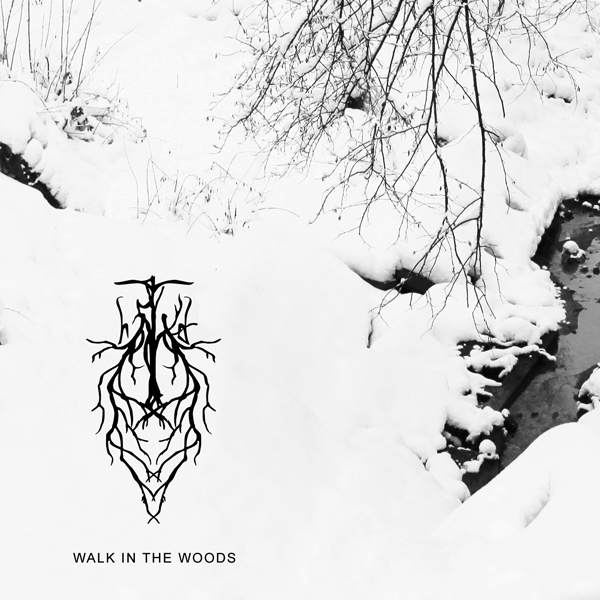
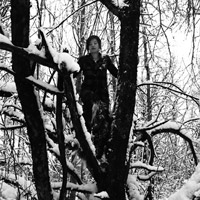

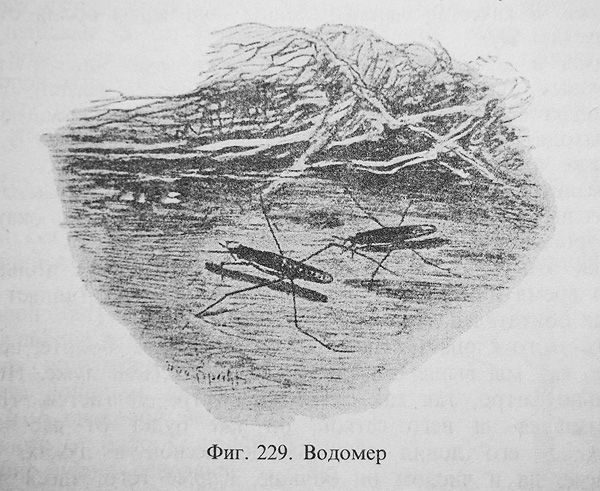
Its movements are so fast, so dexterous that they will bewitch you! It glides over the surface like on parquet, like a skater on smooth ice. It is especially delightful to meditate on them in the calm, mirrored large puddles formed in the spring in the forests from melted snow. Effortlessly, airily, it strides along this water surface like measuring1 it with its long spider legs. But then a light breeze blew, the surface of the water slightly rippled, and the water strider, fearing that it might be flooded and drawn2, hurries to hide in the coastal sedge or sit on a leaf of some floating plant. An hour passes, another passes, the wind subsides, the waves subside, and again the water strider slides over the mirror of water and again measures it with its impetuous jumps.
The speed and ease of its movements are facilitated by the special adaptation of the legs, which are constantly covered with grease. If you dip them into the ether for a minute, the grease will come off, and the water strider will sink due to losing it. In addition, this grease covering can be clearly seen on the shadow of the legs. Its outlines show that the legs' tips produce depressions on the water's surface.
You can get this bug everywhere: in every swamp, every pond, and even, as we said above, in every forest puddle. But catching it is pretty tricky, as it moves so fast that it will already be a few steps away before you aim a net at it. I usually caught them in the spring in puddles. It is easier, and there are plenty of them. Besides, here you can catch it not with a net but simply with a glass jar, which is more convenient. At least I caught it like that, and there was no case that I returned without a few specimens.
Nikolay Fyodorovich Zolotnitsky
«Amateur's Aquarium» 1885

Take something sharp and make a shallow, 1-2 mm incision on the skin of the arm or another part of the body. Stay away from blood vessels, and be careful. Think about what you learned from this cut. Feel what it brings you to. Observe the cut for several days. Describe your discoveries and send them to Forest Journal.
